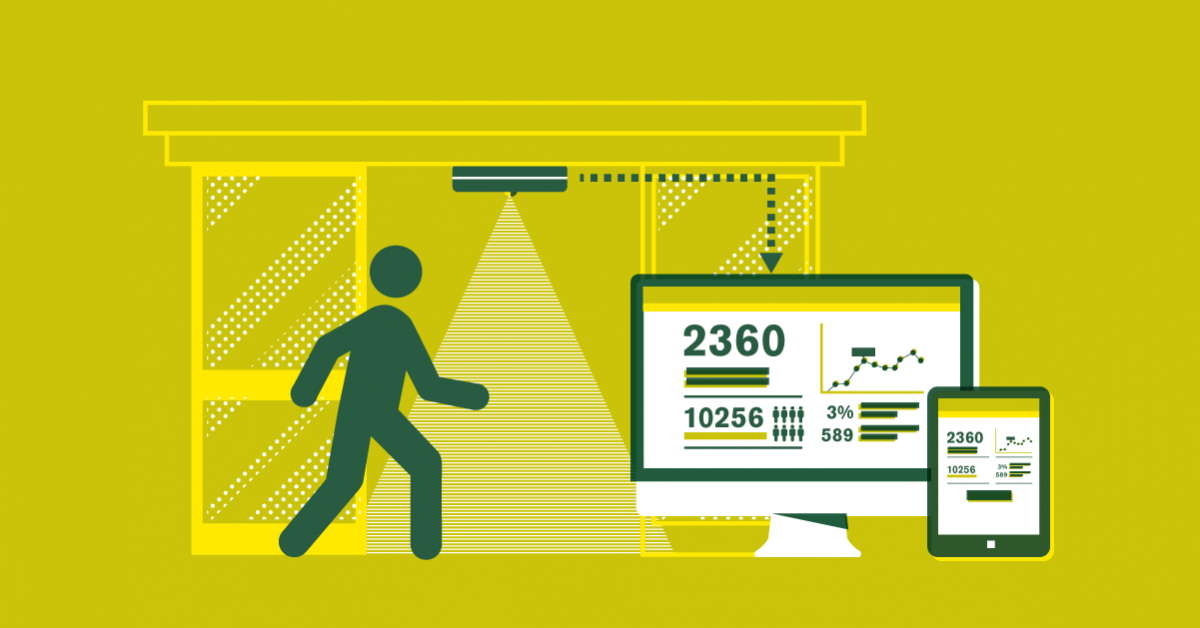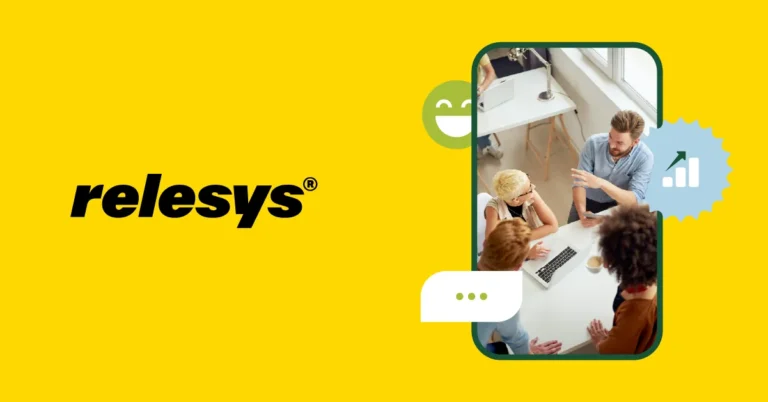The technology giants Intel, Cisco and Google are cooperating with an enterprise that was created in Lithuania – Semseye. It is thought that Semseye’s ground-breaking technology will even have the capacity to change the world.
Everything is simple on the internet: the owners of websites can see how many people are reading their website in real time, what they are doing and how much time they spend on the site. As a result , they learn what clients find interesting and what they have to do to attract more visitors. The technology developed by Semseye has created a product that allows the same sort of monitoring to be done in the physical world. The system allows shopping centres, museums, airports and a range of other institutions to calculate the flow of people passing through them and to receive the data digitally.
“For example, consider a client service centre. Using our solutions, it is easy to find out the number of people the centre is capable of attracting. as well as the number of staff needed to service different flows of people. Up to now everything was done by a general understanding or according to the number of receipts, which is flawed because in fact it is only final sales that are calculated in this way. Meanwhile, the number of people, their interests, in other words all that potential, cannot be recorded at all unless our sensor technology is used,” Andrius Ojeras, one of the founders of Semseye, explained.
Using this technology, companies can see not only the exact number of people who enter a shop but also how long they spend looking at any one window display and what attracts them most. The idea first came to Paulius Lengvenis, a doctoral student at Kaunas University of Technology, while he was out shopping with his wife.
“Let’s start from the fact that it is not unusual for husbands to be forced to accompany their wife while she is shopping and to wait around until she finishes. I often saw consultants yawning when serving clients. Or, on the contrary, there are plenty of people but not enough staff. One day, the idea came to me that we could analyse the present ,and project future customer flows in any given building regardless of its type – a shop, a museum, a sports area or means of public transport,” Mr. Lengvenis explained to DELFI.
The sensors, in combination with the analytical platform also developed by Semseye, are useful not only for making businesses more efficient and profitable, but they also have a number of other practical applications.
“Buildings have smoke detectors and motion sensors but have no human detectors; nobody knows how many people there are in a building. In the event of an emergency – fire, flood, or anything else – rescue services have to operate according to the projected size of a building, not according to the actual number of people who may need to be rescued. As regards applications for our towns and cities, our solutions could truly enable an effective handling and resolution of security issues,” said Mr. Ojetas.
Another idea also developed by the Lithuanian start-up is to make the frequently stressful experience of dealing with public services smoother and more efficient: “For instance, say I have a day off and I have to go to the State Social Insurance Fund Board, to the Labour Exchange, and to the electricity supplier. I would then try to guess which I should choose first. If this information was provided on the website of those institutions or on a certain general website, I could then plan my time much more efficiently. I would see that the State Social Insurance Fund Board is only 20% busy, so I would first go there, then I would go to the electricity provider, and lastly – to the labour exchange.”
“We also participate in several projects with open spaces which aim at collecting information on visitor flows in libraries, museums and municipal offices so that, for instance, by connecting to tourist information centres people could plan their time or know where the main sightseeing places are,” Mr. Ojeras said.
Cooperation with Google
At the beginning of this year, Semseye became a certified producer of Edystone Beacon technology for Google. According to Mr. Ojeras, it is only over the last 30 years that such certified companies have been in operation worldwide.
“The first sensors used only optics, i.e. they measured the back of people’s heads. However, seeing the growing need for improving the functionality of the commercial sensor, we have expanded this option with additional cutting-edge technology. Our eyes were opened by Google when they proposed to us that we cooperate on the Edystone Beacon technology which they are developing, and incorporated it into our products.
A simple optical calculator was developed into a more sophisticated tool which carried out not only its primary function of calculating the general flow of people but also to interactively communicate with people, recognise them and send vouchers to them via apps,” explained Mr. Ojeras.
At present the company’s technology is used in 18 countries: “Our solution is only just starting out. Whether we manage to take off will depend on many things. The fact is that we are among the first to enter the market”.
Mr. Ojeras says that at the moment the project is still at the investment stage and has not yet yielded any profit for its founders, and that external investment is low. Semseye is currently developing the technology at its own expense. However, the company is applying for EU support so as to further develop the project.
Source: DELFI













